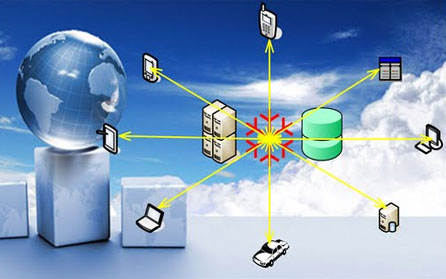
Database Sync
When two people communicate without using synchronized data, chances are that the information passed will be distorted or inaccurate. Neither the two will understand what the other is saying or requesting. This might end up costing the two a lot in terms of cash and time. By synchronizing data, both parties work from identical information and in the process eliminating confusion and miscommunication. Basically, database sync involves keeping more than one separate database informed on the latest developments and changes.
When planning to synchronize any kind of data, five key issues must be considered and addressed:
- The number of times the data must be synchronized and updated
- The amount of effort to be put in each synchronization process
- The type of structures used in compiling the data and how similar one particular data is when compared to the other
- The cost involved and manpower needed to come up with a good synchronization system
- The different optional methods that you can use when carrying out the whole synchronization process
Different ways of synchronizing data
Database sync can be done in different ways, all of which have different merits and de-merits. Many people prefer using the hosted system as it is seen to be easier and cheaper. For starters, the system works well when all the parties involved use the same network, such as the Internet. This system has two advantages; one being that it gives real time updates, whilst the other is that it is cheaper and not too complex. However, the system only works when there is a database server in place.
If the above method does not work for you, you can choose to use a third party tool submitted to database synchronization. This involves the use of different kinds of designed tools and programs to implement the synchronization system. An advantage of this system is that you get to synchronize data across multiple tables or files, or even copies of your database.
In using this system, you can be sure of simple work, as all the complex work has been done in advance on your behalf. However, the system has two major disadvantages. For starters, it requires additional costs to purchase when compared to other competitive systems. In addition, it requires many skills to be successfully implemented and used by anybody, making it difficult for some users.
You can also devise your own synchronization system. By combining script triggers, scripts, calculations and imports, you can actually build a synced system across more than one copy of your files in a manner optimized for your database solution. However, coming up with your own system is both technical and complex. In doing this, you will require an in-depth knowledge of scripting, calculations and data structure concepts. In addition, the method can be more costly, both in terms of money and time. The good thing about the system is that if it works successfully, then you can be sure of a custom system that can work for you in different kinds of environments.
